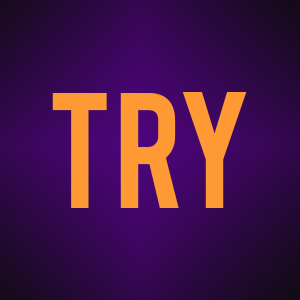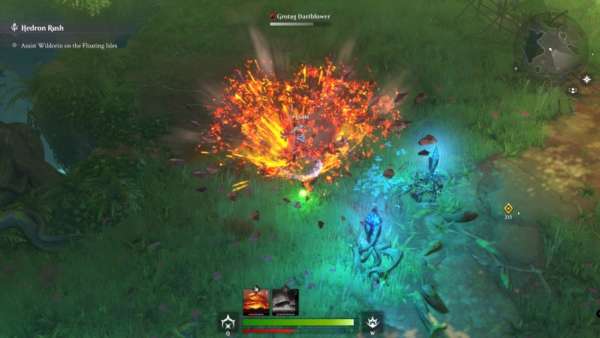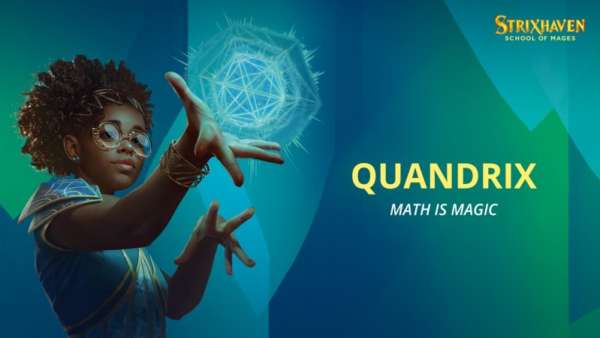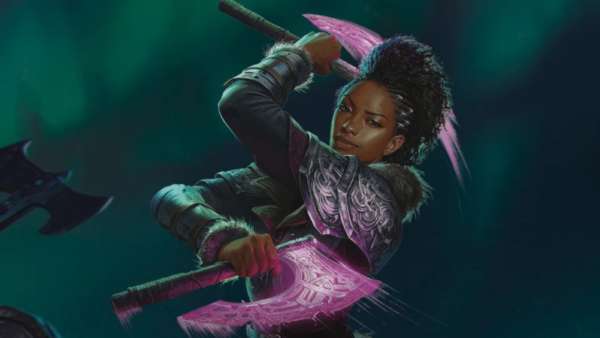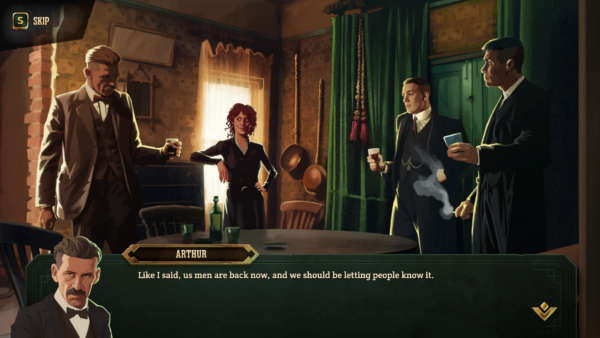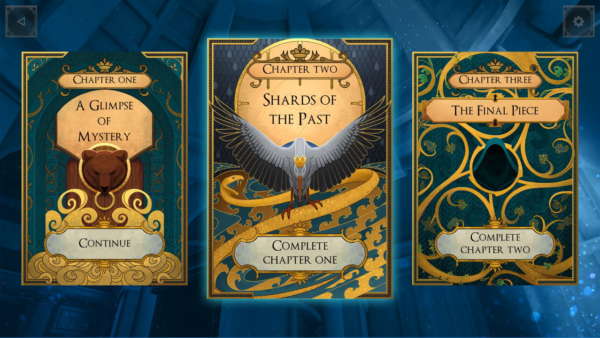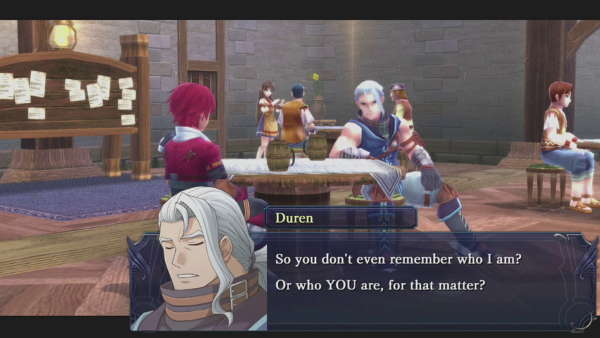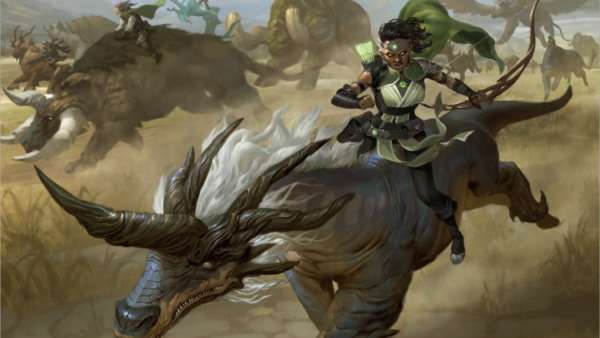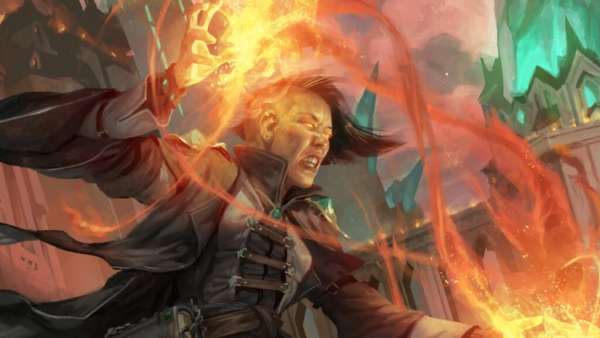Commander is a style of gameplay in Magic the Gathering that has recently taken the community by storm. With changes to the standard rule set, oversized cards and a larger health total, players will be able to play the trading card game like never before. To celebrate that more players are getting involved in commander, Wizards of the Coast has constructed a series of commander decks similar to intro packs. Are these decks accessible to new commander players or are they just focused on making current players more dominant? Let’s choose our commander and find out.
Before we step into the review, allow me to fill you in on what changes there are in a commander game. The first thing you will notice is the deck size. Instead of a regular sized sixty card deck, you go head on with a ninety nine card deck. It would be one hundred but the last spot is reserved for your commander card. Your commander card will sit in its own unique zone next to your deck and can be cast whenever you have the mana just like any cards in your hand. The trick to the commander is that when it is removed from the battlefield in any way it is placed back in its commander zone so you can cast it again, but with an added mana cost. The last major change is your life total which now goes up to forty from the original twenty. Go big or go home is the saying here as you will literally be running the largest mix of creatures, artifacts, lands and spells.
Now that you know what the game is about, let’s have a look at your arsenal of cards inside the blue/black/red deck known as Mind Seize.
Commanders:
- Jeleva, Nephalia’s Scourge
- Thraximundar
- Nekusar, the Mindrazer
Although you are given three oversized commander cards for play, you are only allowed to use one in a match. Along with that, the recommended commander for this deck is Jeleva. Before tackling the flagship legendary creature, let’s take a look at the other two accompanying commanders. Nekusar is an ideal creature to punish card drawers. As it is summoned onto the field for your turn, it will begin to deal at least two damage to you and your opponent each turn. Of course, the card is not at its best against a majority of colours without additional card draw. You are best running with this zombie wizard against decks running with a blue colour identity as they hold some of the more dominant forms of consistent card draw. Thraximundar is a great aggressive creature capable of dealing consistent damage on the field. Being able to attack on the turn you cast this zombie assassin, you will cause your opponent to lose board dominance and possible sacrifice one of their big creatures.
Combining Thraximundar with cards that can also sacrifice either players creatures can turn the creature into a huge threat on the field, just be careful of removal as this monster has no natural protection. Finally we have Jeleva, who can work wonders with mill strategies. Although it is not the strongest creature in your deck, this vampire wizard will be able to attack well with flying allowing you to take advantage of her ability to cast any exiled cards from her summoning. Upon the first cast, you may not be able to exile a lot of cards. But as you must pay more mana for each time your commander comes back onto the field, eventually Jeleva will be rapidly making your opponent’s deck smaller. Just be careful about outpacing your opponent when milling both of your decks.
Jeleva, Nephalia’s Scourge
Now let’s look over the creatures featured in the deck. Don’t forget that the commanders you do not use can also be played but do not benefit from being your active commander.
Creatures:
- Augur of Bolas
- Fog Bank
- Nightscape Familiar
- Baleful Strix
- Nivix Guildmage
- Guard Gomazoa
- Guttersnipe
- Echo Mage
- Jace’s Archivist
- True-Name Nemesis*
- Vampire Nighthawk
- Viseling
- Terra Ravager*
- Diviner Spirit*
- Mnemonic Wall
- Hooded Horror*
- Charmbreaker Devils
- Uyo, Silent Prophet
- Baleful Force*
*New card for this release. These cards are legal for play in the Vintage and Legacy formats.
The majority of your creatures are blue but can create some great synergy with the other colours to control and damage your opponent. Guttersnipe, for example, can be a great asset when kept alive as it can easily deal damage to your opponent whilst you simply cast spells. The creatures in this deck however seem to be built around Jeleva as well as the brand new additions. True-Name Nemesis is one of the most dangerous cards in the deck simply because of its ability. Being immune to damage from a player can simply make your creature unstoppable. Just note that this legendary threat can be taken down with good control such as Detention Sphere and Oblivion Ring. Terra Ravager is a tough creature to master, but is a solid turn four cast. This creature is a solid 0/4 blocker at first then it can turn into a massive threat as your opponent gains more and more land. You need some form of evasion however, such as giving it flight, in order to truly benefit from the ability every turn.
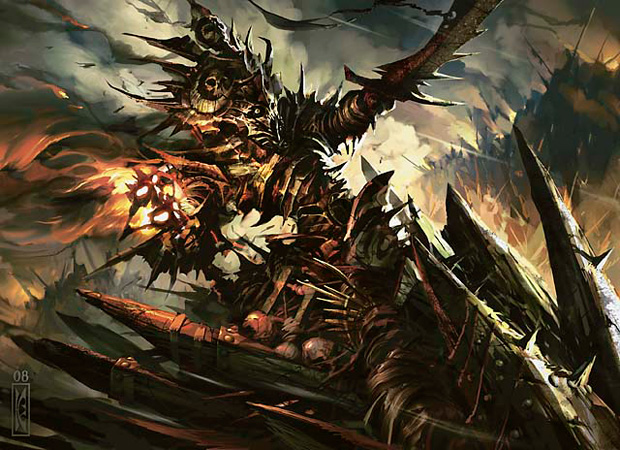
Thraximundar
Hooded Horror is a card with an unreliable evasion. In order to fully take advantage with this card, your opponent needs to have more or the same amount of creatures on the field as you. You will mostly use this card as a turn five blocker, but if you can give it some added damage output it could be a potential threat. Finally we have Baleful Force, a late game creature that is good in the commander format but only in certain circumstances. If by turn eight you have a health advantage but lack in card draw, Baleful is a perfect play. However, it may not be wise to use this in conjunction with Nekusar as you will be damaging yourself more each turn that you draw. You have to balance out your control over the enemy with your control over life totals and cards in hand.
Artefacts:
- Sol Ring
- Wayfarers Bauble
- Armillary Sphere
- Swiftfoot Boots
- Obelisk of Grixis
- Temple Bell
- Eye of Doom*
- Mirari
Commander decks can really benefit from using a small array of useful artefacts. Here we have cards that can assist with mana searching, Armillary Sphere & Wayfarer’s Bauble, and adding additional mana to your pool, Obelisk of Grixis & Sol Ring. Swiftfoot Boots may not be an ideal play on many of your early game creatures, but if attached to the right one, the haste and hexproof additions can protect a threat from being dealt with by your opponent. Temple bell is a good card to use in conjunction with Nekusar and Mirari, after acquiring more mana, can help you counter or burn your opponent. A new artefact unique to the deck is Eye of Doom, which can become very handy when dealing with enemy threats as long as you have something to sacrifice.
Enchantments:
- Curse of Inertia*
- Propaganda
- Curse of Shallow Graves*
- Curse of Chaos*
- Spiteful Visions
- Arcane Melee
- Price of Knowledge
Instants:
- Vision Skeins
- Soul Manipulation
- Crosis’s Charm
- Grixis Charm
- Sudden Spoiling
- Dismiss
- Illusionist’s Gambit*
- Wild Ricochet
- Annihilate
- Opportunity
- Starstorm
Sorceries:
- Strategic Planning
- Infest
- Tempt with Reflections*
- Fissure Vent
- Incendiary Command
- Phthisis
- Cruel Ultimatum
- Decree of Pain
- Army of the Damned
- Prosperity
- Skyscribing
- Molten Disaster
The enchantments and spells included in the deck are pretty self explanatory. They deal with enemy problems, assist you with controlling the field and help keep with consistency. The new additions truly help make this commander deck a presence on the scene. Illusionist’s Gambit for example can completely stop your opponent from decimating you with any sized creatures. When it is perfectly timed, you can make your opponents attack useless leaving you with the chance of a great counter strategy. Tempt with Reflections is a great card to suddenly increase your field of monsters. Yes, it may give your opponent creatures as well but you will be getting the majority of the benefit with at least two creature tokens.
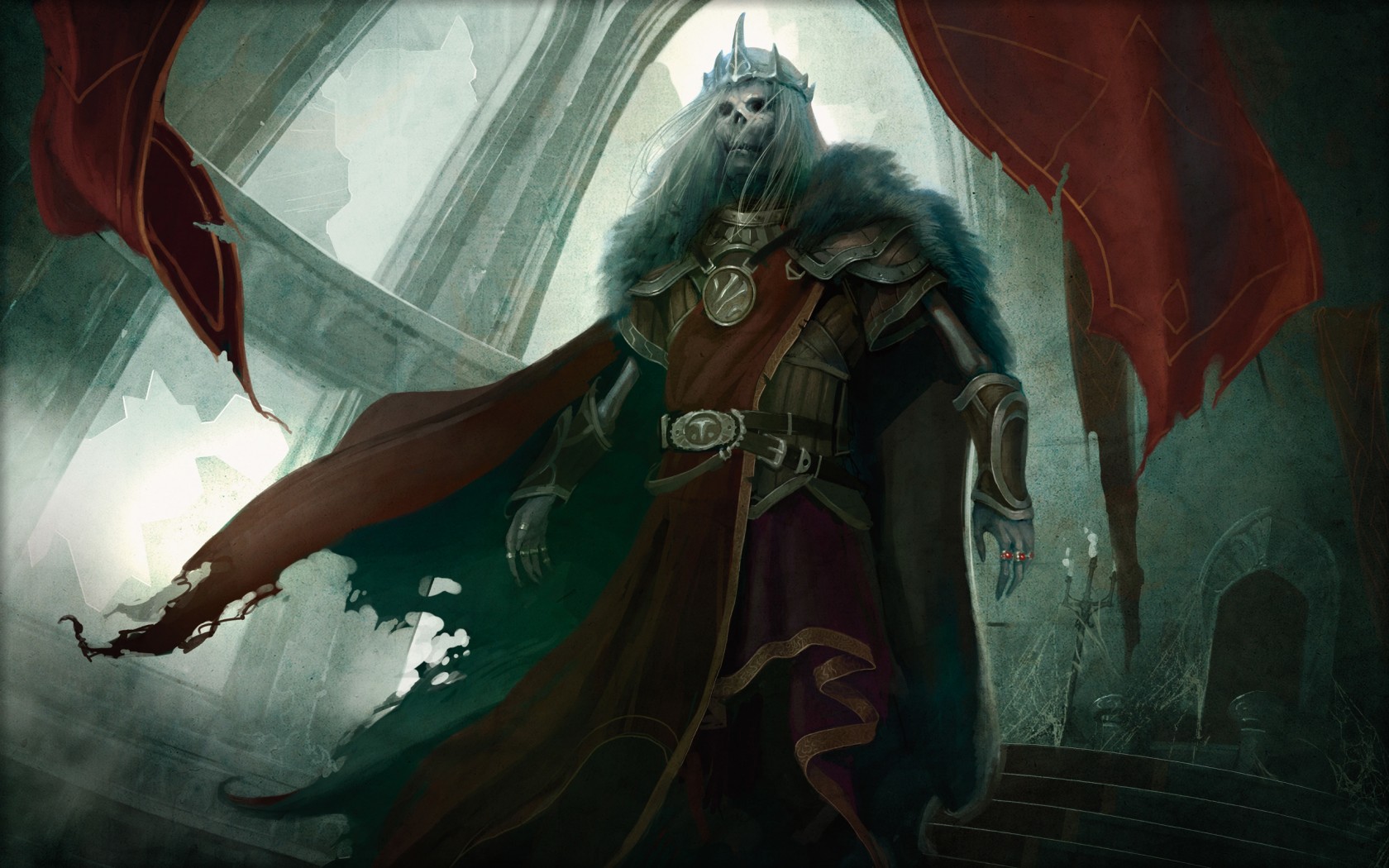
Nekusar, the Mindrazer
Finally we have the lands to cover. You will be going into play with nine islands, eight swamps and five mountains. But the core lands you will be hoping for are the following that can come with some great benefits for the deck.
Lands:
- Akoum Refuge
- Bojuka Bog
- Command Tower
- Crumbling Necropolis
- Dimir Guildgate
- Evolving Wilds
- Grixis Panorama
- Izzet Boilerworks
- Izzet Guildgate
- Molten Slagheap
- Opal Palace*
- Rakdos Carnarium
- Rakdos Guildgate
- Rupture Spire
- Temple of the False God
- Urza’s Factory
- Vivid Creek
- Vivid Marsh
The new land featured in the deck, Opal Palace, is a great addition for players who summon their commander a lot during the game. It can benefit being used early to give you three mana for your identity, but once you start using your commander constantly this card can boost that creature’s power immensely. Jeleva with +1/+1 counters could be what it takes to mill what remains of your opponents deck.
Now that we have looked over the deck and seen how amazing it is for control players, is ii for everyone? The answer to this is a solid no. The reason why is because Commander is a rule set not intended for new players that are getting into the game. Yes the deck will give you one hundred cards but you cannot use the unique ones in standard or modern play. These decks are targeted towards the existing players of Magic the Gathering that wish to dive into the world of Commander and see if it is right for them. If it is, then they have a great base to work off of to create their own commander decks. If not, then the players have plenty of cards to play with in any other game set, including Legacy and Vintage. If you are interested in diving into what Commander is about, then pick your identity and get ready for a truly different gameplay experience.
So what do you think of Mind Seize and the other Commander decks? Do they pull you into the rule set or do they put you off of it? Let us know what you think in the comments below and be sure to check out VGU’s Friday Night Magic every Friday.
Should you buy?
